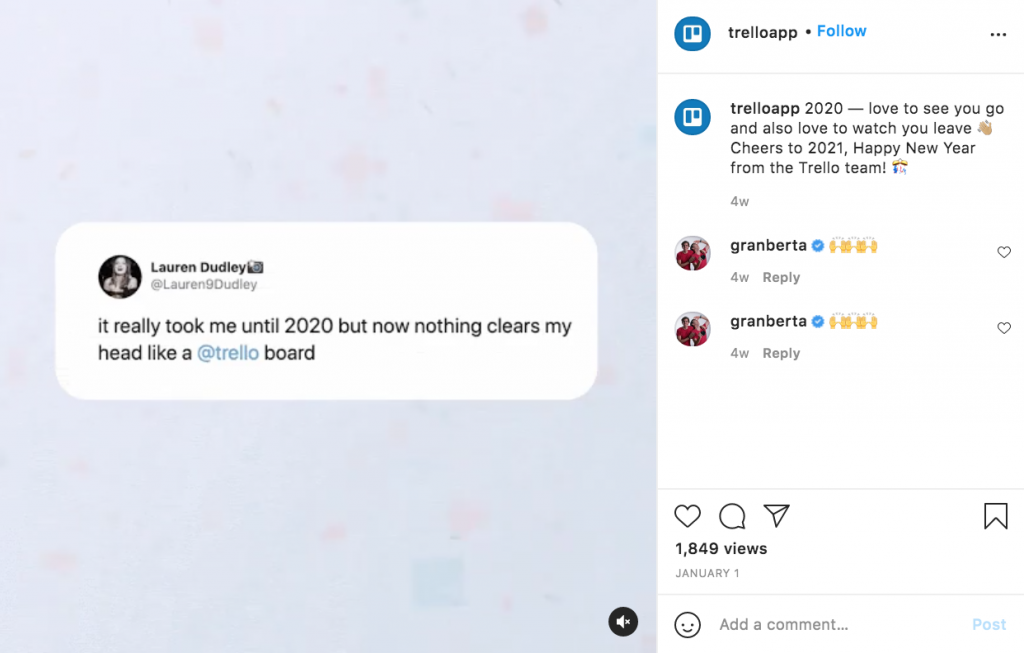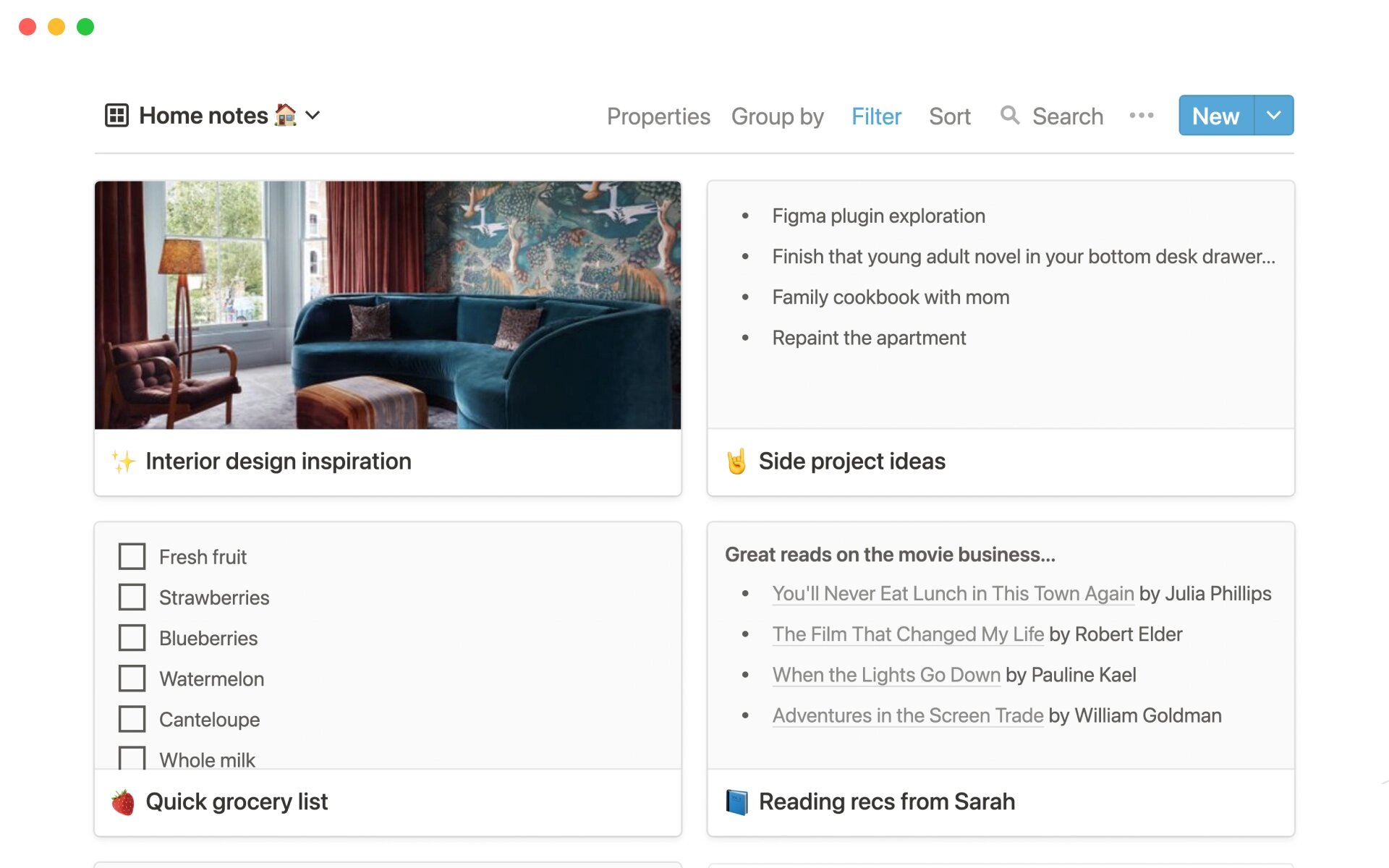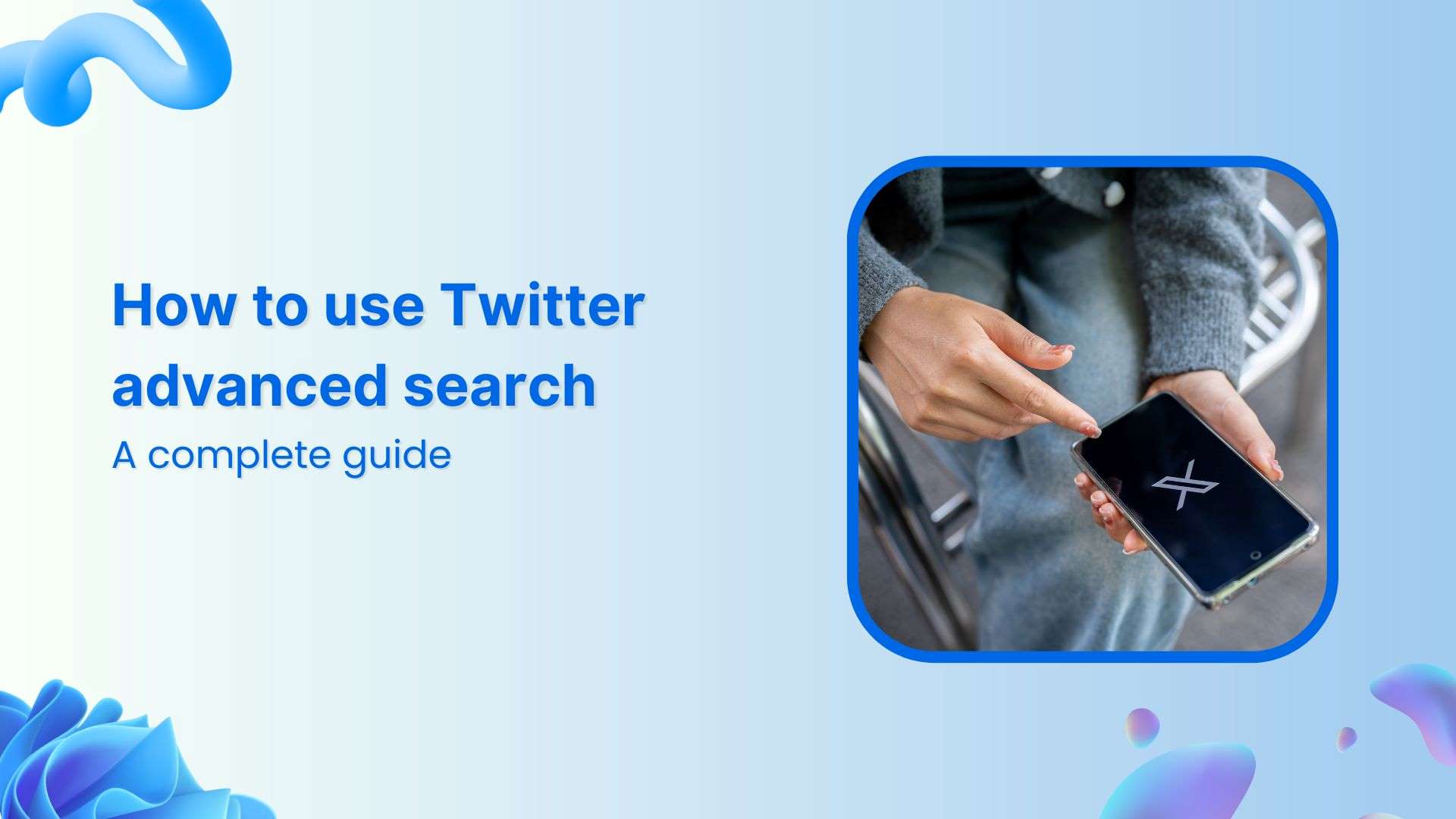Bulk-generate & schedule posts in seconds with Smart Scheduling. Try now!
Social Media Burnout: 16 Effective Tips To Save Your Sanity

Do you feel an incessant need to check social media? Glued to your social channels, but unable to create content that’s both creative and value-packed. Are you anxious and overwhelmed about having to log into social media the next day? Recognize these signs? These are but a few symptoms of social media burnout.
While you might think you can deal with these symptoms of social media addiction or assume they’re part of your work as a social media manager or one-person brand that manages their social channels, that’s not the truth. Take a few days off of social and you’ll see where I’m heading with this.
In short, you need to budget your time on social, practice screen-free time, schedule content, and much more to be able to keep social media burnout at bay. In this post, we’ll address some amazing tips to help you steer clear of social media burnout. We’ll also look at how burnout can impact your social performance.
Ready to learn? Let’s go:
What is social media burnout?
Social media burnout is the extent to which you feel exhausted using social media. Naturally, this means the quality of the content you create for social media as well as what you share as you engage with your audience.
Now, if you are like 77.6% of the small businesses that use social media to promote their businesses or even make sales, you can’t afford to let the quality of engagement take a hit. However, there’s not much that you can do if you’ve burned out.
And, in case you’re still wondering – social media burnout is real! With research confirming Facebook depression linking prolonged social media use ( social media addiction) to negative mental health impacts, you need to be conscious about the time you’re spending on social media and the content you’re consuming.
In the next section, you’ll learn exactly how you can do so. Read on.
How to deal with social media burnout: 16 steps to follow
For the practical stuff now:
1. Don’t spread yourself too thin
Sure, it sounds like a good idea to try every new app that sees the light of day (Clubhouse, anyone?) or make an account on all the major social giants.
The catch? You end up creating your profile on all social channels, posting content day in, and day out, but not getting any real engagement. Alternatively, chances are you end up growing an engaged audience, only to add more work to your plate with minimal benefits.
The best way moving forward, therefore, is to select 2-3 social media networks (or four, at best if you’re a small business – not a one-person brand). Then, drill down on growing your audience and engaging with them.
Already on a lot of social media platforms? It’s time you audit your social presence. Here’s how:
- Review each social profile to see how it’s performing. Is it helping you get more qualified leads? Is it a channel your customers regularly refer to be in touch with you for their queries?
- Next, trim your social presence. If a social channel is benefiting your business, continue on with it. If not, it’s time you say goodbye and focus on social channels that are driving more leads.
Bonus tip: Don’t try a new social channel the moment it’s launched. Give it some time to see how well it does. If it sticks around, give it a shot for your business provided your audience is using it.
2. Plan your social media strategy in advance
A well-thought-out social media strategy answers essential questions such as: what type of content you’d post? What publishing frequency you’ll follow? How do you plan to engage your audience and so on?
Every quarter, take the time to revisit your social media strategy to see what needs to change based on your performance in the past quarter. Want to try out something new? Note it down here.
This strategy will help guide your actions on social, saving you time, and therefore, protecting you from social media burnout. Because let’s admit it, burnout partly emerges from spending excessive time online. By having a plan covering what to post, when to post, and how much to post, you wouldn’t need about think of answers to these questions daily.

Plan, Organize and Schedule Your Social Content
Experience an organized workflow to streamline your social media posts. Increase your productivity and boost social engagement.
14 days free trial - no credit card required3. Block time to create new content
Another useful tip is to create content for your social media profiles in advance. Again, this helps you limit the daily time you invest in social media. What’s more, it gives you space to engage with your followers, which is exactly what’s going to help you benefit from social media.
Here’s how to approach creating content for your social media:
- Keep an idea bank
Inspiration can strike anytime, isn’t it? A good way to bottle it up is to keep a swipe file on your desktop (or better yet, a physical notebook) where you save all the ideas that come to your mind.
The Bear Notes app for Apple users is a good place to house ideas. The notion is another option. This notebook template can help – tweak it as you see fit to turn it into your idea bank
- Create content in advance
Instead of staring at the blinking cursor every time you decide to post on social media, consider creating content in advance. Set out one day in your week or a few hours spread throughout the week to create new content & manage it using a calendar.

Social Media Calendar for Digital Agencies
Organize all your social posts and visualize your client’s social media content plan with an interactive Content Calendar
14 days free trial - no credit card required- Bundle similar tasks
In other words, create social media graphics in one round. Similarly, write your tweets and captions in one sitting. Planning ephemeral content? Take a load of pictures then decide which ones to use.
A quick tip: Don’t fill up your entire posting calendar. Leave room for sharing behind the scene (BTS) content and reposting interesting content.
4. Curate instead of creating
You don’t always have to be creating – nope that’s a surefire recipe to burnout. Curating content can help though. The more creative your approach to curating content, the better. Here’s just one example of curation at its best:
12 must-read tweets from marketers this week in a thread
👇👇👇👇👇
[Thread]
— Daniel Murray (@Dmurr68) January 22, 2021
Essentially, curating is collecting the best, most relevant-to-your-audience content. If your audience comprises readers, sharing interesting content to read is a good idea. Otherwise, you can put together a best-of-something list.

Build Trust with Curated Content
Discover, brand, and share the best content with your audience. Establish yourself as an authority and turn leads into loyal customers.
14 days free trial - no credit card requiredRemember: you need a healthy mix of new content and curated content to keep your social media feed engaging. Excess of new content can burn you out (even impact the quality of what you post). Whereas, an excess of curated content can bore your audience.
6. Repurpose content
Another way to fill up your social media calendar. Repurposing content involves recycling what you’ve created already.
Here are some bright ideas for reusing content on social media:
- Take stats from a blog post and make social media graphics such as Instagram posts or LinkedIn carousels from them. Here’s Wyzowl repurposing stats from their annual research:

- Package takeaways or steps from your blog post, eBook, or video into a Twitter thread. Or, share them as a LinkedIn or Facebook post.
- Tweak answers you share on Twitter chats and share them as fresh tweets or posts for other social channels.
Content repurposing tip: Never copy-paste. Each platform has its unique requirements and unique audience. So tweak the content you plan to reuse.
7. Share user-generated content
One last tip for keeping your social media calendar full while keeping creative burnout at bay: share user-generated content (UGC). This is, particularly, helpful if you’re a small business with an engaged audience.

The best part? UGC helps you engage with your audience while taking the work of creating fresh content round the clock from your shoulders. That’s two birds down one stone. ????
8. Use a scheduler
Besides creating content in advance, you can limit your social media use by posting all the content you create using a social media scheduler.
Doing so means that you don’t need to log into different platforms in the middle of your day to post content. Instead, you can hop onto social media with a clear goal (more on this in a bit) so you’re both productive and at reduced risk of burnout.
On top of that, if you’re engaging with an audience that’s not in your time zone, a social media scheduler can help you reserve your work-life balance (and your sanity), but post automatically at the time you assign.
P.S. Use ContentStudio to schedule your social media content so you can enjoy an extra cup of coffee with a Peaky Blinders episode.

9. Dedicate one day to complete engagement
If you aren’t the one to create and schedule content beforehand, you’ll find this tip helpful. Don’t rush into creating new content daily, that can burn you out real fast. Instead, take a day off to engage with your audience.
Nobody’s going to hold you by the neck if you don’t post one day. At the same time, continuing to engage will help keep you on your audience’s mind, maintaining your social presence.
10. Set clear objectives as you log in
Often logging into social media translates to mindless scrolling. You get carried away and before you know it, your clock shows 11:45 am instead of 10 am.
One good way to avoid this is to set clear objectives for yourself as you log in. For example, go in to respond to all the brand mentions.
Other objectives you can set include:
- Check notifications
- Reply to comments on your post
- Listen to what others are saying about you
- Leave thoughtful comments on your followers’ content
- Join a Twitter chat or engage in a LinkedIn or Facebook group,
If a bit of pre-planning your day suits you, consider setting objectives for each social platform along with a timestamp so you know what to do and for how long.
11. Turn off notifications
All those notifications popping on your screen or mobile device can be enticing. And, once you click on them (which you will, I guarantee since the apps are designed to be addictive), you’ll end up scrolling mindlessly on social media yet again.
So a golden tip to save yourself from social media is to turn off notifications. Set aside time blocks to regularly check your notifications. Other than that, don’t let them break your workflow and work-life balance.
12. Schedule time to engage daily
Engagement on social media is what keeps you on top of your audience’s minds (promise, I’m not going to say this again ????), increases brand awareness, and gets the social media algorithms in your favor among other perks. But that doesn’t mean you overdo it and tire yourself.
The solution? Engage in time slots or set engagement goals. Let’s show you how:
- Work with engaging time slots: Dedicate 30 minutes to engaging with your audience’s content.
- Work with engagement goals: Leave X comments, say 3 meaningful comments in one round.
This helps you ensure that you are spending a productive time on social as you’re dedicating time to what’s going to ultimately help you grow.
13. Get off the screen in the evening
Getting some time off the screen is critical for keeping social media burnout at bay. Excessive screen time in the evening can disturb your sleep schedule by delaying the production of melatonin, the hormone that helps you hit snooze.
Besides, both your brain and eyes need a break, so it helps to create a thick line between when you log in and when you log out. No wonder, Diana Richardson, SEMrush’s Social Media, and Community Manager suggests, “give your eyes a break from staring at your computer and your phone. Watch a movie, cook dinner, go for a walk, have a glass of wine with your significant other – resting your eyes is really important.”
Some more helpful ways to get some screen-free time are:
- Pursue a hobby after your work hours so you aren’t living and breathing social media 24/7.
- Get out for a walk. If you can, leave your phone behind so you don’t feel the urge to check your notifications.
- Read a physical book (bonus points if you can manage to read for pleasure). A good book can help you recharge even if it’s only 30 minutes into reading.
- Use apps that limit social media usage.
Create a branded graphic of apps that limit social media usage – find them from the link above.
14. Limit your online communities
This is essential. You don’t have to be a part of every community even if the FOMO (fear of missing out) is all-time high. Because, doing so will only tire you, which, in turn, takes a toll on the quality of what you share with your community.
Case in point: you don’t have to be part of every Twitter chat community. Identify the ones that are most beneficial to you (depending on your goal) and join them regularly, putting your best self forward.
So how can you tell which communities are the best for you? Yes you are right, by experimenting. Join a bunch of communities and see how engaging they are and who the exact audience is. The best communities are ones where your target audience hangs out and an entire lot of participants are supportive and engaging. ????
15. Balance your social media company
Another good way to tackle social media burnout is to filter the company you keep and the people you follow.
After all, your company defines you, leaving a significant impact. It’s why they say if you need to make or break a habit, you need to change your company. Social media is no different.
Firstly, you need to be part of groups where your audience is. Secondly, you need to keep an eye on hashtags that help you understand what your audience is talking about. And, lastly, you need to be part of communities that cheer you up and offer moral support.
For instance, I’m a part of several marketing chats on Twitter as my target audience of marketers there. But, I’m also part of two freelance chats that help me refresh and offer moral support. So you see, all work and no play makes Jack a dull boy. Start finding great communities today!
16. Practice weekly social media detox
This last tip is also the best tip to keep safe from social media burnout. And, it’s really simple albeit tough to execute for starters: unplug over the weekend. It’s essential you “set boundaries,” advises former Social Media Manager turned Copywriter and Content Strategist, Jessica Malnik.
Putting distance between you and technology can do wonders for your mental health. It’s a great investment in your health too.
“Take time off to recharge, and don’t be afraid to unplug at the end of the day. You are NOT an ER doctor. No one will die if you don’t respond to a tweet for a few hours.”
So, to begin with, set yourself the goal of unplugging for a few hours on a Sunday. To make this easy for yourself: log out from your social media accounts.
In this book, Atomic Habits, James Clear explains that if you have to break a habit, you need to make it difficult to access. For example, if you want to cut down the hours you spend watching TV, remove your television from its place in the main room and put it in a cupboard. This way, when you want to watch, you’ll need to first take it out from the cupboard, set it up, and then watch. All this adds to the work so you simply give up on the habit gradually.
In our context, this means you need to add an extra step for checking your social profiles by logging out. So, you’ll need to first log in – the extra step. By pushing yourself to enter your ID and password each time you log in, you’ll add to the work, which will push away your urge to check social media.
Bonus tip:
If the urge persists, consider uninstalling the app from your phone for a few hours. Once you get a hang of this, take the detox process from a few hours to a day, followed by the entire weekend. You’ll see noticeable benefits quickly even if it seems weird at the start.
Wrap up
From unplugging in the evenings to social media detoxing over the weekend, there’s a lot that you can do to protect your mental wellness. Follow these tips and we’re sure you’ll succeed at keeping social media burnout at bay.
Have other ideas to distance yourself from social media after work? Share with us in the comments below.
Recommended for you


Powerful social media management software
14-day free trial - No credit card required.

 Source
Source Source
Source


